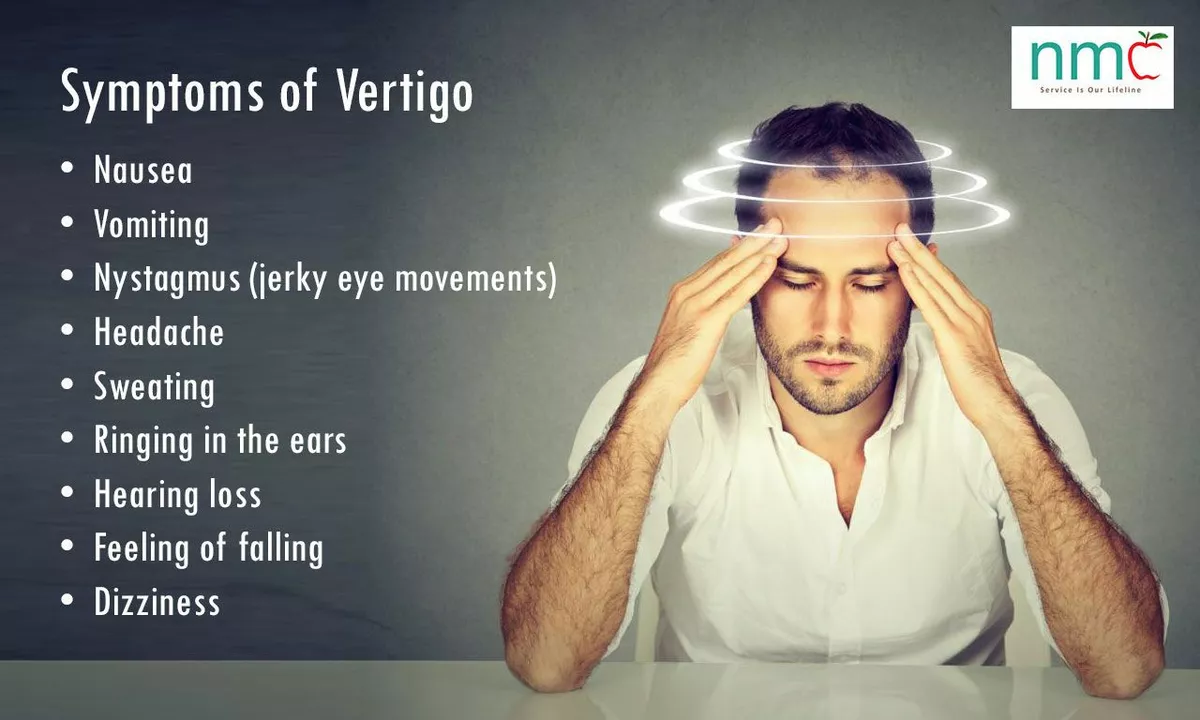Vertigo — quick relief, common causes, and what to do
Feeling like the room is spinning? Vertigo isn’t the same as just feeling lightheaded. It’s a false sense of motion — either the world spins or you do. That can be scary, but there are clear steps you can take right away and things to watch for so you get the right care fast.
What causes vertigo and how to tell the difference
The most common cause is benign paroxysmal positional vertigo (BPPV). Tiny crystals in the inner ear shift and trigger short, intense spinning when you move your head. Other causes include vestibular neuritis (an inner ear inflammation), Meniere’s disease (inner ear fluid changes), migraine-related vertigo, and, rarely, stroke. If your vertigo comes with hearing loss or ringing, that points more to an inner-ear cause. If it’s sudden and comes with weakness, slurred speech, or severe headache, treat it like an emergency — call emergency services.
Fast, practical steps you can try now
1) Stop and sit or lie down. During an attack, stay put until the spinning eases. That reduces fall risk. 2) Focus on a fixed point on the wall — it can help your brain stabilize. 3) Avoid quick head turns, bending over, or driving until symptoms are gone. 4) Hydrate and rest; dehydration and fatigue can make things worse.
For BPPV you can try the Epley maneuver at home if you’ve had this diagnosis before. Do it slowly and with someone nearby to help: sit upright, turn your head 45° toward the affected side, lie back quickly with your head hanging slightly, hold 30–60 seconds, turn head 90° to the other side, hold 30–60 seconds, roll onto your side keeping nose down, hold 30–60 seconds, then sit up. If unsure, stop and see a clinician — incorrect technique can worsen symptoms.
Medications can help short-term. Antihistamines like meclizine or anti-nausea drugs can ease dizziness and vomiting. Some people find promethazine (Phenergan) useful for nausea — read our Phenergan guide for practical safety tips. These meds ease symptoms but usually don’t fix the underlying cause.
When vertigo happens often or lasts more than a day, see a doctor. A primary care doctor can do balance tests and may refer you to ENT or neurology. Physical therapy with vestibular rehabilitation helps many people regain balance and reduce episodes over weeks.
Prevention tips: sleep with your head slightly elevated for a few days after an attack, get up slowly, and avoid positions that trigger symptoms. Track what triggers episodes — certain head movements, bright lights, or migraine triggers can be clues that help your clinician choose the best test or treatment.
Vertigo can be frightening but many cases are manageable with the right steps. If you’re unsure what’s causing your dizziness or you have new neurological signs, get evaluated promptly.
Vertigo and Allergies: How Seasonal Changes Can Trigger Symptoms
As a blogger, I've recently delved into the connection between vertigo and allergies, specifically how seasonal changes can trigger symptoms. It turns out that during times of high pollen levels or other allergens, our bodies can react by causing inflammation in the inner ear, which can lead to vertigo. Additionally, the congestion and pressure experienced during allergy season can also contribute to this disorienting sensation. It's important to recognize these triggers and take appropriate measures, such as using allergy medications or seeking professional help, to manage both allergies and vertigo. So, watch out for those seasonal changes, and take care of yourself to minimize the impact of vertigo and allergies on your life.
© 2025. All rights reserved.

